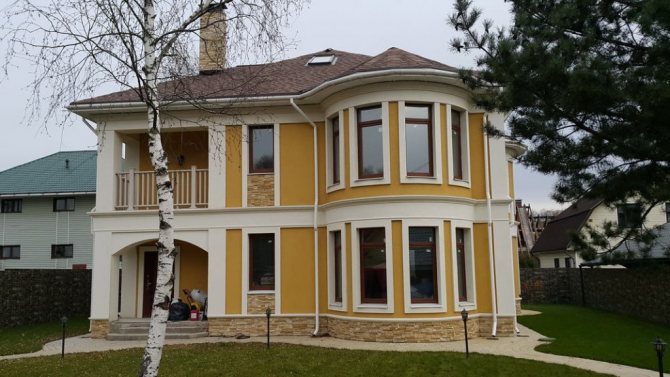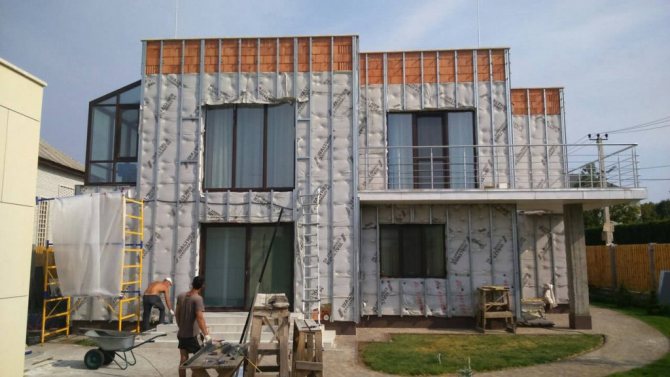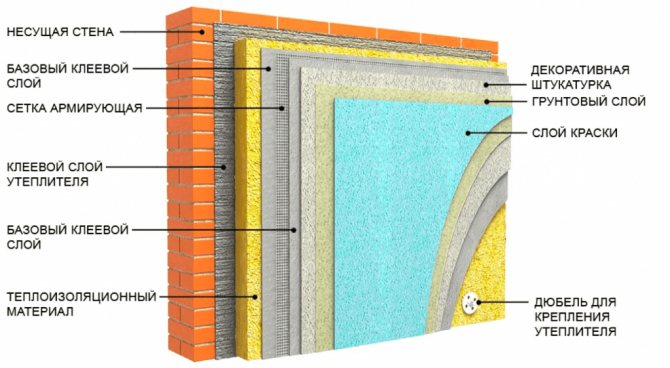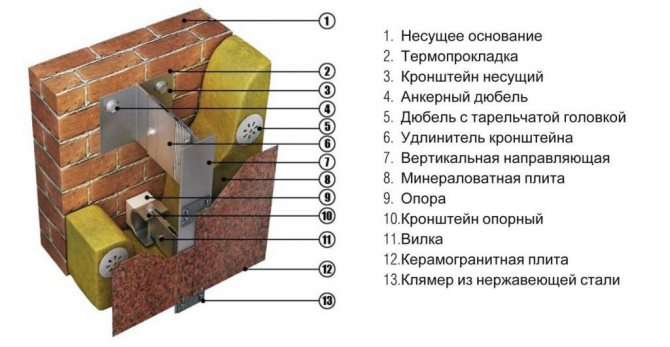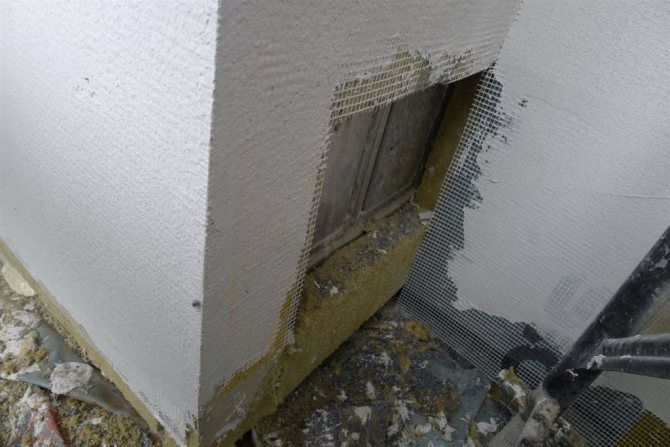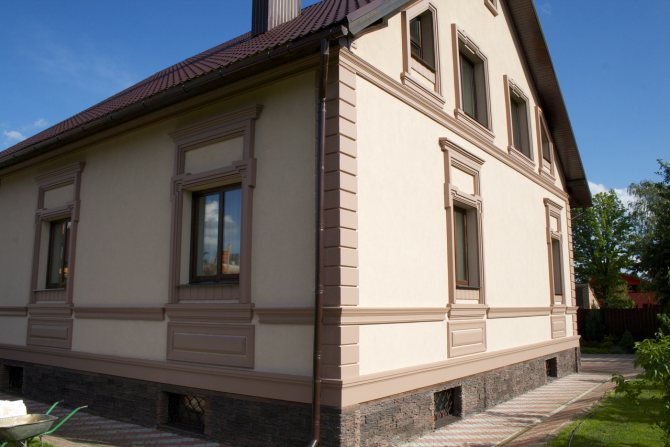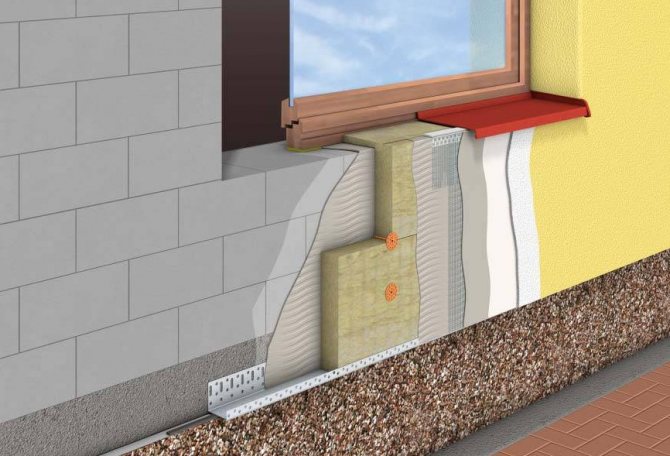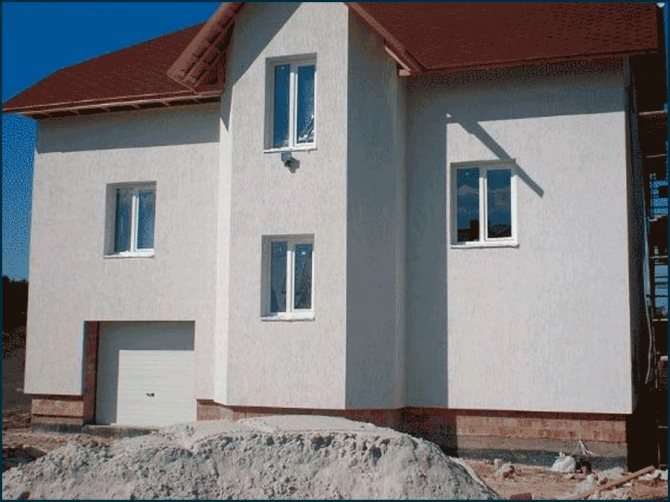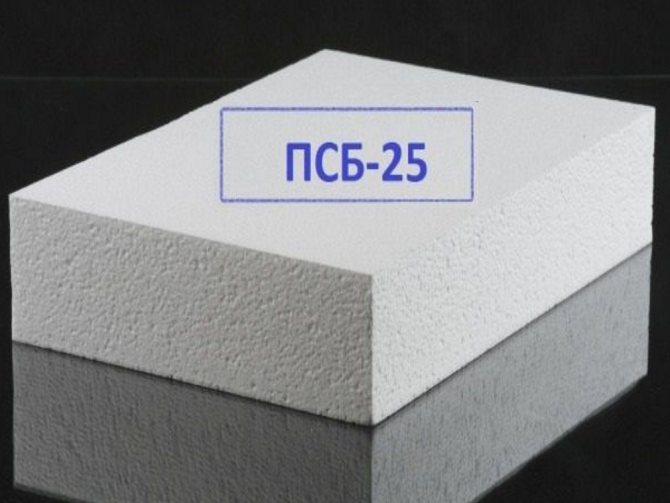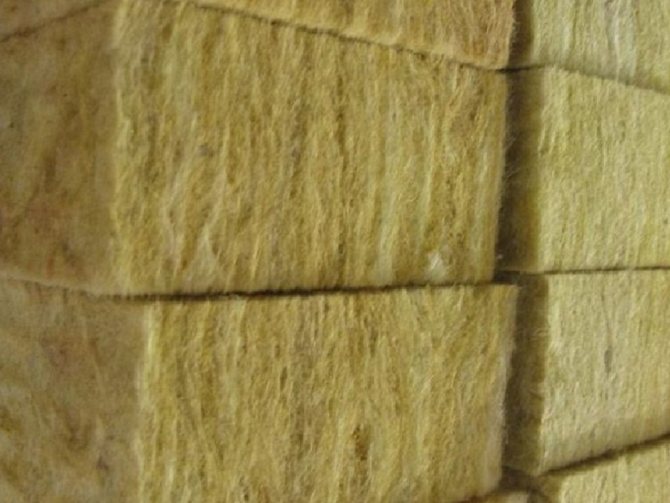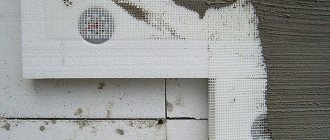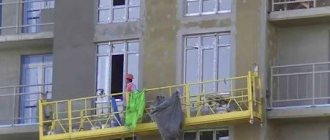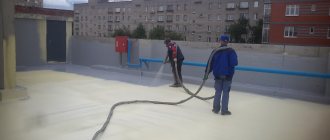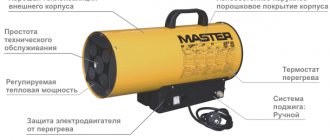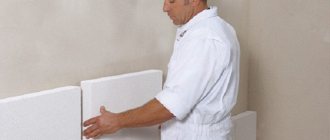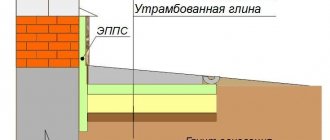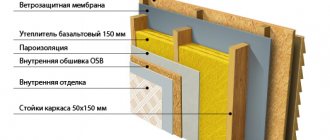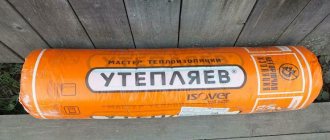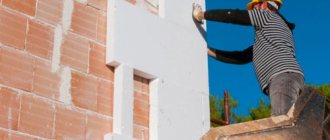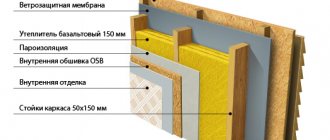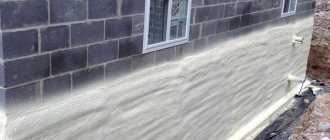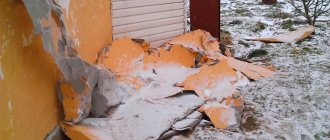Senerji is a modern way of insulating building facades with various finishing coatings. This finishing method belongs to the Wet Facade technology. The wet facade got its name due to the presence of wet plastering and glue processes during its installation. This technology of facade decoration with insulation is the most widespread at the present time and is very popular.
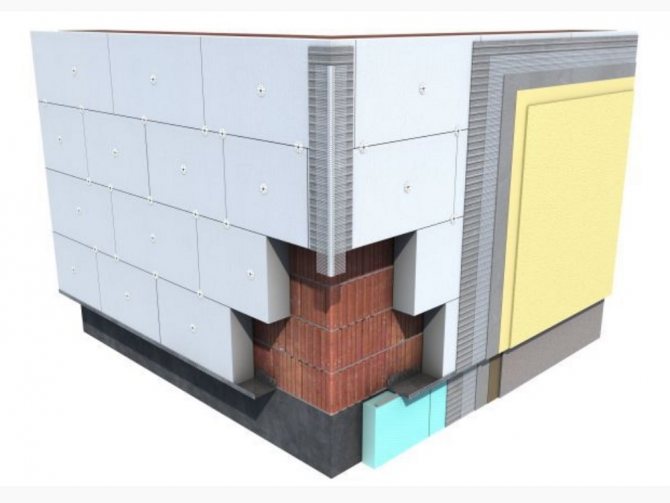
Advantages of Senerji technology.
- Allows to bring the heat-insulating properties of external walls to the required parameters without increasing the consumption of the main building material for load-bearing walls. In facade insulation, cheaper heat-insulating materials with a very low coefficient of thermal conductivity and not capable of bearing structural loads are used. This allows you to significantly increase the thermal insulation of the building with a minimum increase in wall thickness.
- Allows you to correct irregularities and geometry of the walls, broken during the construction of the structure. Ideal for the restoration of the facades of old buildings.
- Does not require the use of special equipment and complex construction tools.
- The simplicity of the facade insulation technology allows you to do the work yourself.
- A wide range of materials for the finishing coat allows you to create an attractive appearance of the building.
- The low weight of the insulation used does not create a large additional load on the walls and foundation of the building.
- The high resistance of modern finishing materials to adverse environmental conditions makes it possible to create a reliable and durable facade coating. The service life of high-quality coatings is over 30 years.
The disadvantage of finishing facades using the "Senergy" method is the relatively high cost of the structure, which will more than pay off in the coming years due to the creation of a comfortable environment inside the building in winter and summer, as well as due to significant savings on heating and air conditioning.
In accordance with modern standards, all buildings should be erected using the technology of a passive energy-efficient house. The main component in this technology is effective thermal insulation of the building. Achieving the required thermal conductivity of a building is not possible without the use of modern and high-quality insulation. To ensure the necessary thermal conductivity of the walls without the use of heaters, the thickness of the walls of a wooden house should be at least 60 cm, and walls made of bricks - 120 cm or more. The installation of such walls is not economically feasible, therefore, effective insulation is used to reduce thermal conductivity. The most common insulation materials used are polystyrene and mineral wool.
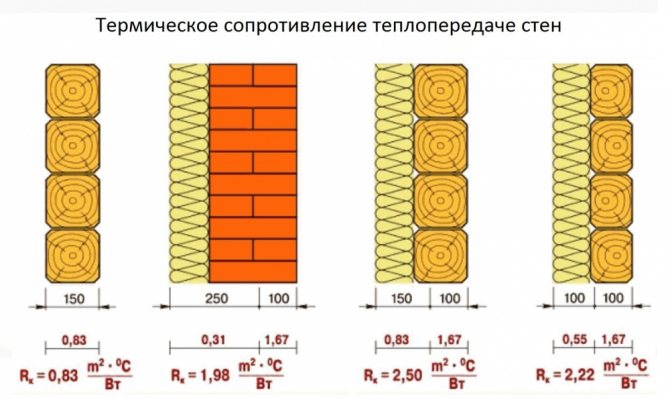

What should be the thermal insulation of plaster systems
Despite the fact that there is a technology of light plaster facades with an outer layer thickness of only 7-9 mm, thermal insulation still has to withstand a fairly high load. For this reason, special requirements are imposed on the insulation and a simple basalt slab is not used in plaster facade systems. One of the main conditions is good vapor permeability of the slab, because moistening it by 2-2.5% will reduce its thermal insulation characteristics by 50%. The water absorption coefficient of the material should be minimal.
Thermal insulation must definitely maintain its shape, therefore, its compressive strength must be high. In this case, it is desirable that the density of the material remains low, which will reduce the load on the foundation.
The choice of insulation.
| Property | Styrofoam | Mineral wool |
| Heat water content | Not higher than 0.039 W / (m.K) Has the lowest coefficient of thermal conductivity, effectively retains heat. | Not higher than 0.047 W / (m.K) The thermal conductivity coefficient increases when the material gets wet, heat conservation and sound insulation deteriorate. The material dries quickly under favorable conditions and restores its properties. |
| Steampronor- value | Low. Insulation does not belong to breathable materials, which limits its use for insulating walls made of breathable material (wood, foam concrete, aerated concrete, etc.) The dew point is inside the insulation, but moisture does not form in it. | High. Low. Insulation is a breathable material, which allows it to be used to insulate walls made of any material. The dew point is inside the insulation, but moisture is effectively removed. A ventilation gap is required between the insulation and the outer cladding or the use of only breathable materials for the finishing. |
| Fire- danger | It is susceptible to thermal destruction. The foam contains fire retardants. According to GOST, the self-burning time of this insulation should not exceed 4 seconds. Accordingly, it is impossible to use it without the letter "C" in the marking even in private construction. It is recommended to cover the openings of windows and doors with a layer of mineral wool 25-30 cm. | Not flammable. |
| Medium density | Low, light weight | Tall, heavier construction |
| Economical ness | Relatively low material cost. Ease of installation. | 2 times more expensive than Styrofoam. More fastenings are needed per unit area, labor costs increase due to the higher weight of the material. |
| Soundproofllation | Average | High |
Facade insulation technology using the "Senerji" method.
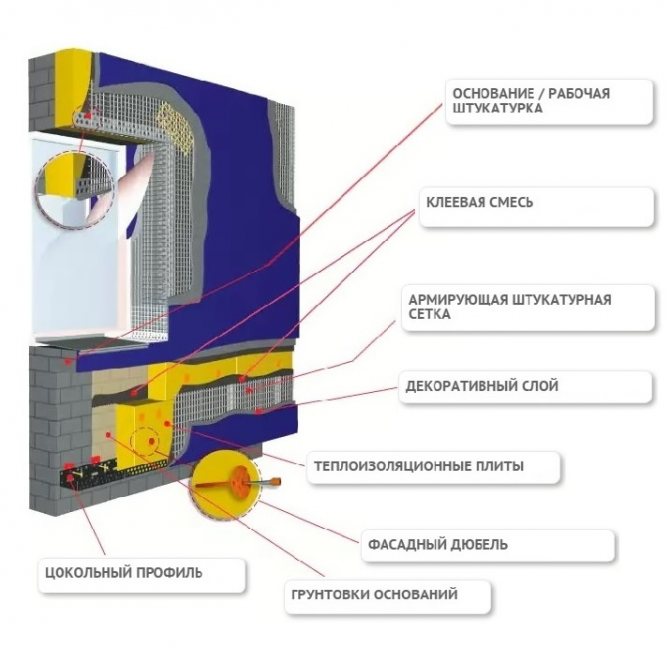

Preparing the walls.
Dusty and dirty wall surfaces must be cleaned with a high pressure water jet, compressed air or a soft brush.
Assess the strength of the wall surface and existing coating. Loose areas and loose coatings must be removed mechanically.
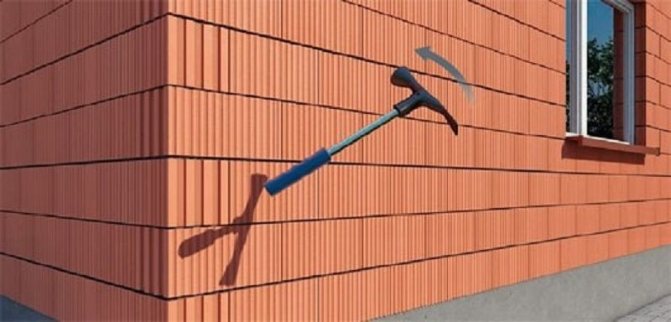

If there is any doubt about the strength of the base, it is necessary to perform an adhesion test by trial installation of the insulation on the adhesive in questionable areas of the facade.
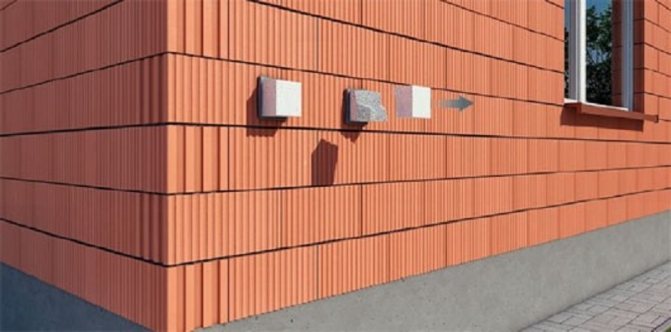

Assess the degree of deviation of the walls from the vertical using a plumb line and the evenness of the walls using a long rail. Bulges larger than 1 cm must be cut down. Slight deviations and unevenness of the walls must be leveled with glue. Careful preparation and leveling of the walls in the future will allow avoiding additional plaster layers and unnecessary consumption of expensive materials to create the correct geometry of the facade.
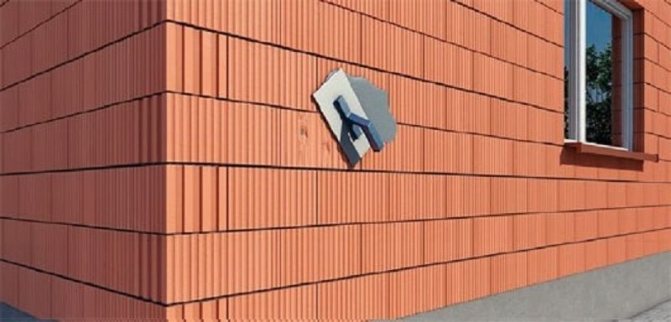

On the affected areas of the walls, it is necessary to carry out antifungal treatment with special compounds, which must also be added to the adhesive composition.
The final stage of wall preparation is impregnation of porous and highly absorbent walls with a deep penetration acrylic primer. This is necessary to reduce the absorbency of the wall surface, which will create the necessary conditions for the adhesive to harden.
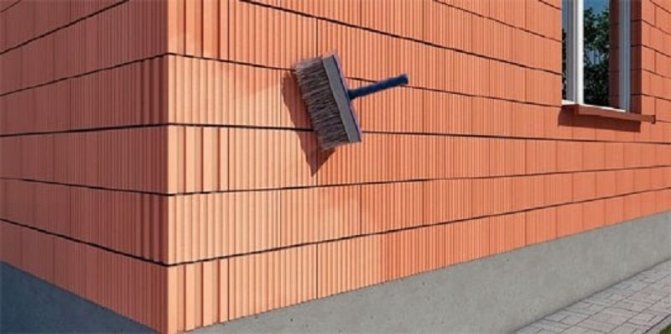

Installation of a basement profile.
The starting base profile is a support for the first row of insulation and effective protection against rodents from penetrating the insulation.
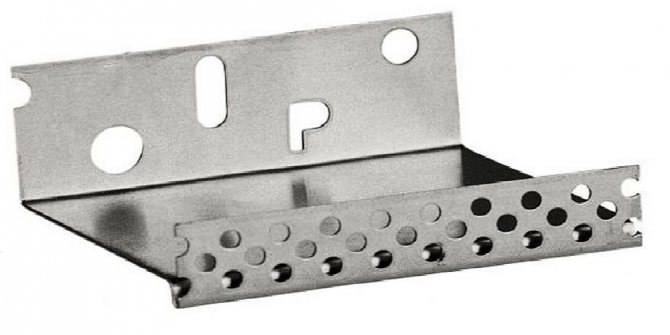

The starting profile must be fixed at a height of 40-60 cm from ground level along the entire perimeter of the structure. The profile is attached to the anchor at the rate of 3 fasteners per linear meter. It is necessary to leave a gap of 3-4 mm between adjacent profiles. in case of thermal expansion.
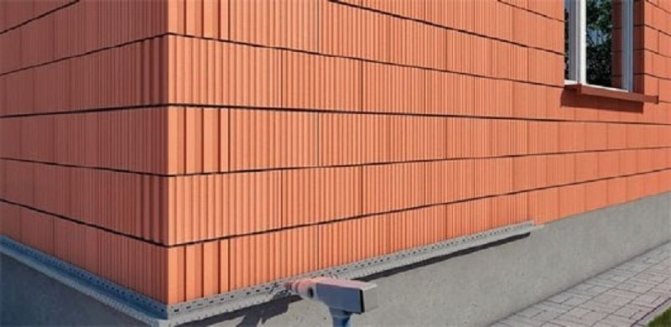

Insulation installation.
Thermal insulation is mounted on the prepared wall surface using a special adhesive. The thickness of mineral wool or foam must be at least 50mm.
For the installation of foam
it is necessary to apply special adhesive for expanded polystyrene plates on the facade of the building. On the edge of the foam board (50 x 100 cm), apply a continuous strip of adhesive at least 3 cm wide and 1-2 cm thick, and “cakes” with a diameter of 8-12 cm in six places symmetrically located on the board. The total area of the applied solution must be at least 40% of the surface of the board, and after pressing the board must be glued to at least 60% of its surface. When insulating flat bases and ceilings or plinths, apply the mortar in a thin layer over the entire surface using a metal trowel with teeth (at least 10 x 10 mm).
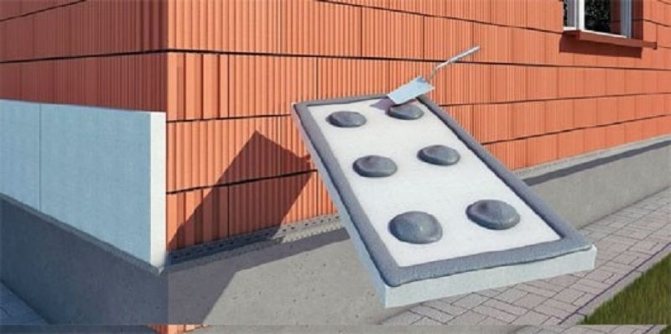

For installing mineral wool
a special adhesive for mineral slabs must be applied to the facade of the building. Before gluing, the surface of the boards must be carefully smeared with a thin layer of adhesive solution and rubbed with force with a metal trowel. When insulating the walls, on the edge of the mineral wool slab, it is necessary to apply a continuous strip of glue, at least 3 cm wide and 1-2 cm thick, and “cakes” with a diameter of 8-12 cm - in several places located symmetrically on the slab. The total area of the applied solution must be at least 40% of the surface of the board, and after pressing the board must be glued to at least 60% of its surface. When insulating flat bases and ceilings or plinths, apply the mortar in a thin layer over the entire surface using a metal trowel with teeth (at least 10 x 10 mm).
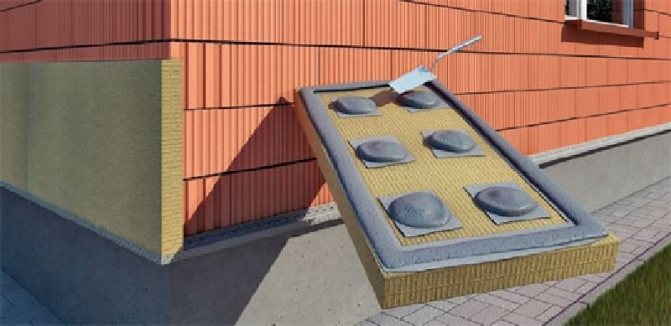

When using polystyrene, after applying the glue, the board must be immediately applied to the wall in the designated place and pressed down so as to obtain an even plane with adjacent boards. When using mineral wool, after applying the adhesive, the mineral wool boards should be applied within 20 minutes.
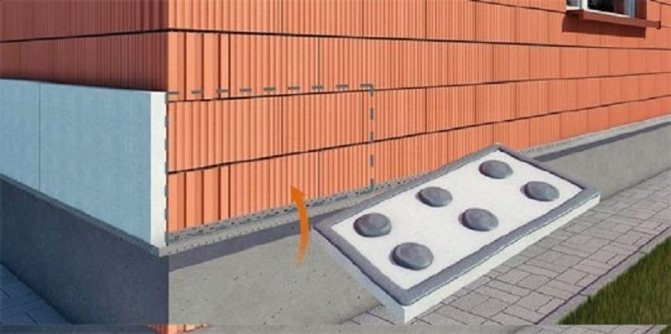

Plates must be glued from bottom to top, placing them in horizontal stripes, mixing vertical edges at least 15-20 cm, in the so-called "checkerboard pattern". Boards glued with glue should not be pressed down repeatedly or moved.
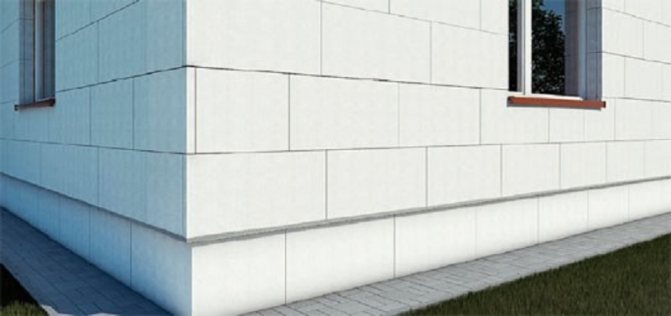

Excess glue after installation of the board must be immediately removed to ensure tight adhesion of adjacent heaters to each other to prevent the formation of an air gap.
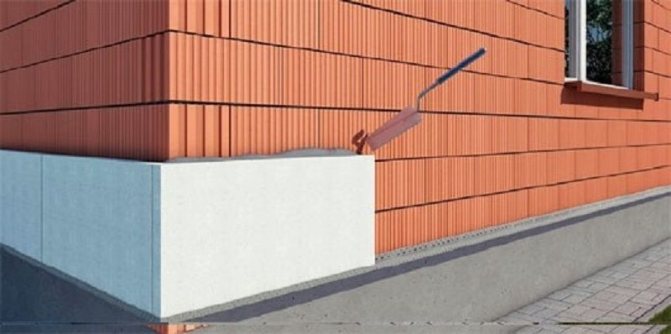

It should be remembered that in the process of gluing thermal insulation boards, it is necessary to monitor the equality of the surface using a level.
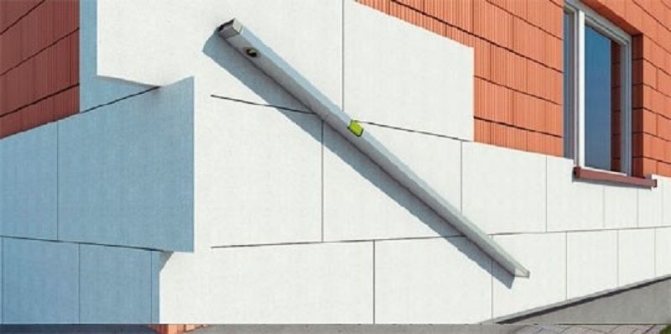

At the corners of front openings (windows, doors), the insulation should be fastened with a whole sheet, with further cutting off the excess fragment. The joints between the insulation plates should not coincide with the imaginary line of the continuation of the opening angle. Incorrect fixing of boards in the corners can lead to the formation of cracks in the thermal insulation layer.
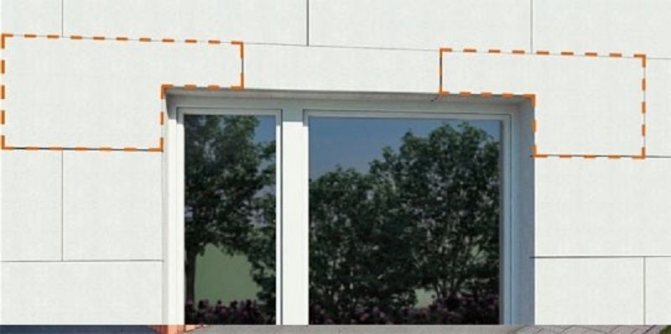

Ventilated insulation system
A fundamental constructive solution to one of the options for a hinged ventilation facade: 1 - the main part of the wall; 2 - leveling plaster layer; 3 - gasket; 4 - bearing bracket; 5 - support bracket; 6 - hold-down tongue; 7 - dowel-anchor axis for fixing the bracket to the main part of the wall; 8 - vertical support profile; 9 - rivet axis and rivet; 10 - non-combustible effective insulation; 11 - wind protection; 12 - dowel-anchor; 13 - ordinary clamp; 14 - end clamp; 15 - rivet; 16 - sealing gasket; 17 - facing slab (made of porcelain stoneware).
In general, a curtain system ventilated with outside air, or a curtain ventilated facade (ventilated facade), consists of three main elements:
- outer cladding (rain shield);
- cladding frame (substructure);
- effective thermal insulation, usually made of mineral wool.
Ventilation facade installation. Cladding frame made of aluminum profiles
In a ventilated facade with a wooden frame (it is used mainly in low-rise buildings), low-density thermal insulation is advisable, protected from blowing and razvlecheniya by windproof material. It allows water vapor diffusing in cold weather through the wall into the ventilated gap, but does not allow external moisture to enter the insulation. In the case of a metal (galvanized or stainless steel, aluminum) frame, in some cases, relatively high density thermal insulation (rigid plates) is advisable.In this case, the windscreen may be absent. Moreover, in any case, water vapor enters the ventilated gap without much interference from the room.
In the ventilation facade, due to the ventilation of the air gap, the insulation is in more favorable conditions compared to non-ventilated systems. Thanks to the gap, the temperature and humidity conditions of the premises are improved, and the actual thermal conductivity of the insulation is lower than in the walls without a ventilated gap. In addition, the ventilated facade eliminates overheating of the wall.
Due to the absence of "wet" processes, it is possible to mount the ventilation facade at any time of the year. Control of work performance is simple and reliable. Ventfasad has a high degree of maintainability. Before installing it, it is not always necessary to level the surface of the main part of the wall. The service life of the ventilated facade without major repairs is approximately up to 50 years.
How much does the insulation system cost?
The cost of the insulation system depends on many circumstances. If we proceed from ensuring the value of the normative resistance to heat transfer of the outer wall of 3.2 m2 × ° C / W, then the approximate prices of not the most expensive insulation systems in Belarus are as follows (with an insulation thickness of up to 15 cm):
- light plastering systems - 35–50 US dollars per 1 m2;
- heavy plastering systems - USD 30–45 per m2;
- ventilated systems - USD 50–90 per 1 m2;
Of course, the lower the quality of the elements of the insulation systems, the lower not only their cost, but also their reliability and durability.
Are the walls of aerated concrete blocks warm?
Fastening insulation.
1-2 days after gluing the insulation on the walls, it must be fixed mechanically using special disc dowels for thermal insulation.
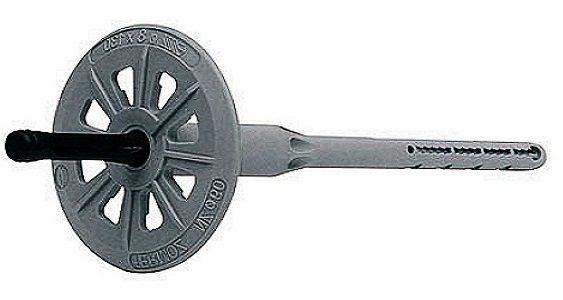

Plastic dowels can be used for fixing foam plates, and in the case of mineral wool, only with a steel rod.
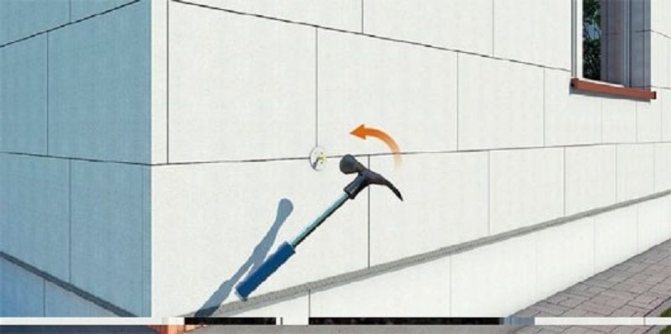

It is recommended to use at least 4-5 dowels per 1 m². At the corners of buildings, it is necessary to increase their number to 6-8 per 1 m². The length of the connectors is made up of the thickness of the insulation, the thickness of the adhesive layer and the depth of attachment to the wall, which in a dense base should be at least 6 cm, and in soft substrates (aerated concrete, expanded clay concrete, etc.) - at least 8 cm. into hollow blocks should be selected on the basis that the dowel should pass through at least 2 block partitions.
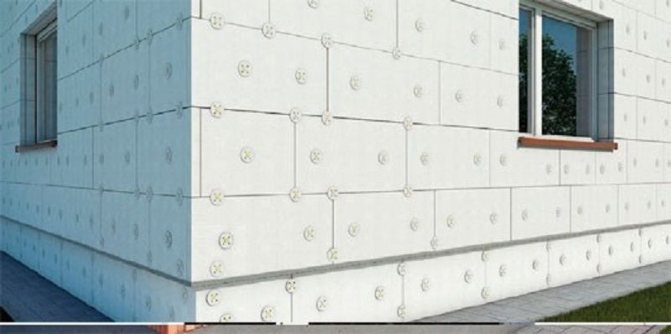

Application of a reinforcing layer.
Perforated corners made of PVC or aluminum with a reinforcing mesh must first be glued to the outer corners of the openings. This is necessary for additional strengthening of the corners, which are especially exposed to mechanical damage. The corner should be placed on a layer of thermal insulation material under the reinforcing mesh.
Below and above the front openings (windows, doors), to protect against increased loads, it is necessary to glue strips of reinforcing mesh at an angle of 45 degrees. The dimensions of the stripes must be at least 20 x 30 cm.
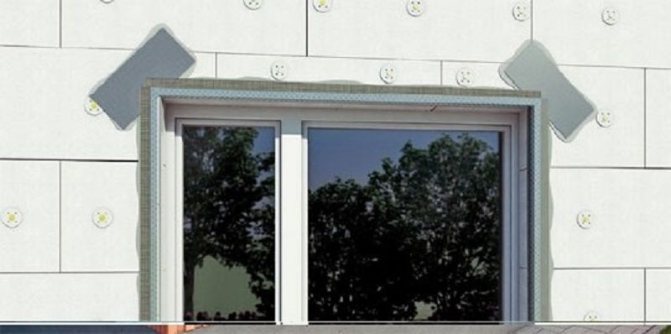

When using polystyrene, the reinforcing layer should be carried out on slabs free of dust after grinding no earlier than 3 days after their attachment, but no later than 3 months if gluing took place in the spring-summer period. If within 14 days the foam has not been covered with a reinforcing layer, you need to assess its quality - yellowed and dusty plates must be sanded with sandpaper. You also need to carefully inspect the technical condition of the layer of foam plates, paying special attention to the evenness of the surface and the bonding of the plates to the base. After applying the glue, immediately very carefully drown the reinforcing mesh in it.
When using mineral wool, the glued boards must not be exposed to moisture or rain. The reinforcing layer should be carried out on slabs previously filled with glue.
To perform the reinforcing layer, use a fiberglass mesh with a density of at least 145 g / m2. Before gluing, the reinforcing mesh must not be stored under direct exposure to atmospheric factors, especially the sun. It causes the mesh to stretch and then noticeably deform when the mesh is glued to the wall.
The strips of the reinforcing mesh should be overlapped with a width of about 10 cm. The seams of the mesh should not coincide with the seams between the foam boards. If you do not use corner profiles from the mesh, then at the outer corners the mesh should go from both sides at a distance of at least 10 cm.
The reinforcing mesh must be very carefully sunk into the glue, it must be completely invisible. Also, in no case should it lie directly on the thermal insulation layer.
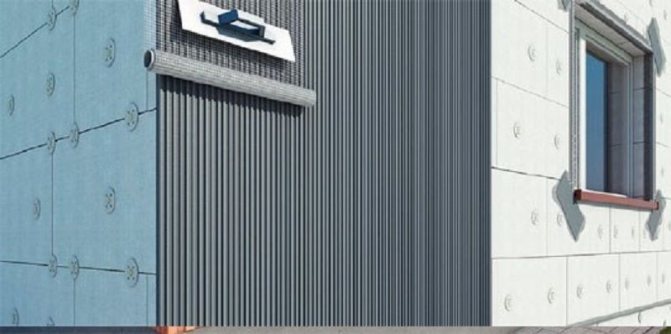

After completing work on the reinforced layer and the glue is completely dry, surface irregularities must be sanded off with sandpaper.
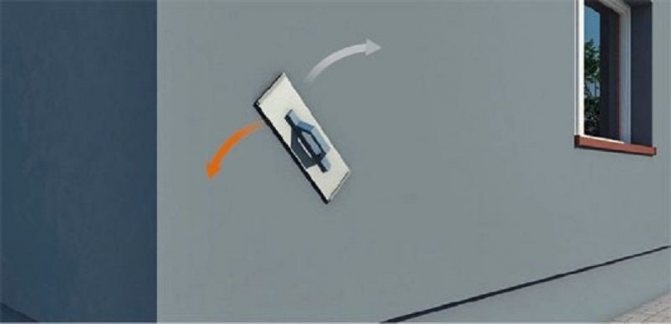

Features of thermal insulation of the facade under plaster
To apply plaster on polystyrene, having previously reinforced it with a building mesh, has been undertaken for a long time. However, the end result did not suit the property owners. The plaster cracked, the decorative layer crumbled from it, which led to the need for frequent repairs. The advent of modern thermal insulation materials, unique adhesives, reliable fastening technology and thin but practical reinforcing nets has seriously changed the situation. Thanks to them, thermal insulation of the facade for plastering has become as commonplace as ventilated facades, which amazed the entire construction community 15 years ago.
Basalt slabs, rarely expanded polystyrene, are used as insulating material for a plastered facade. The first option is preferred due to its incombustibility and practicality. Basalt slabs are glued with the entire surface to the load-bearing wall, for which an adhesive composition with good vapor permeability is used. The thermal insulation is additionally fixed to the wall with disc dowels, ensuring reliable adhesion of the slab to the load-bearing wall. The same cement-based adhesive is applied to the outer surface of the insulation, which acts as a base for plaster. It is reinforced with fiberglass mesh, carefully leveled and primed. The top is covered with a finishing facade or decorative plaster. Such a facade serves for many years if properly executed.
Finishing the walls.
Before applying the plaster, in order to increase its adhesion, reduce the absorption capacity of the base, prevent stains, as well as for the correct implementation of the structure of the plaster, the reinforcing layer should be primed with a primer in a color close to the color of the plaster.
It must be remembered that the plaster should be applied no earlier than 3 days and no later than 3 months after the reinforced layer has been applied.
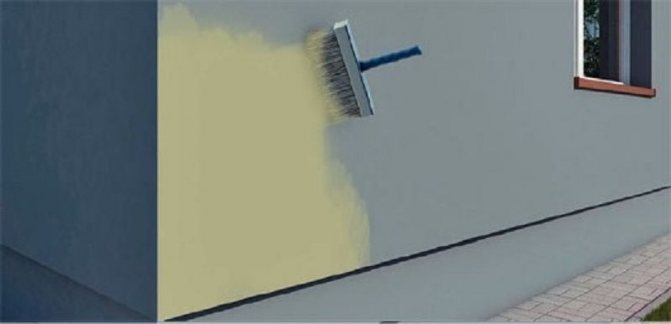

Using a stainless steel trowel, apply the plaster and spread to a grain-thick layer.
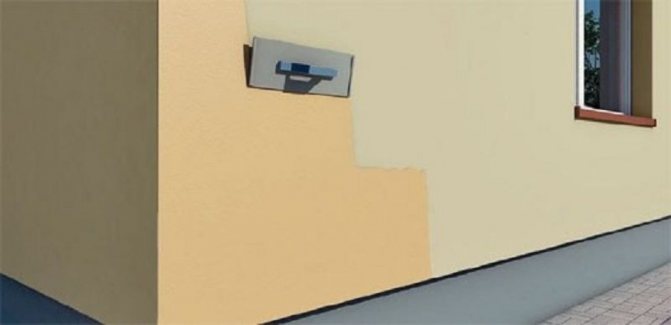

Then rub with a flat plastic trowel to obtain the desired texture ("lamb" - in a circular motion, "bark beetle" - vertical or horizontal). In order to avoid color and texture differences, work breaks should be planned in advance (for example, at corners and ledges of a building, under drainpipes, at the junction of colors, etc.). The drying process of the plaster, regardless of its type, consists in the evaporation of water, as well as further setting and hydration of the mineral binder. In low ambient temperatures and high relative humidity, the drying process may take longer.
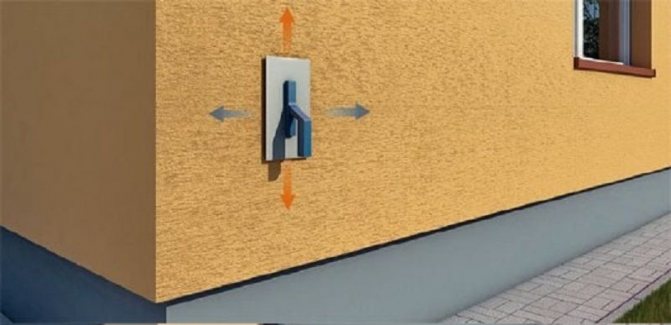

It is advisable to carry out all work on the plaster facade in the warm season. To do this, you need to competently plan all stages of building your home.But there is a need to carry out work on the facade plastering in the winter. When performing wet finishing facade work at negative temperatures, the following rules should be adhered to:
- On the wall to be finished, create a "hothouse". "Teplyak" - a construction consisting of scaffolding covered with one or two layers of covering material, usually reinforced with polyethylene film.
- Use heating devices to create a positive temperature inside the greenhouse.
- Finishing and building materials should contain antifreeze additives and plasticizers, which accelerate the maturation of solutions and the drying of the finishing coatings of the facade.
In general, competent and professional house insulation using the Senergy technology gives a huge economic effect and significantly increases the attractiveness of your home. If the owner does not have sufficient skills and time to study the Senergy technology, then it is better not to experiment, but to turn to professionals.
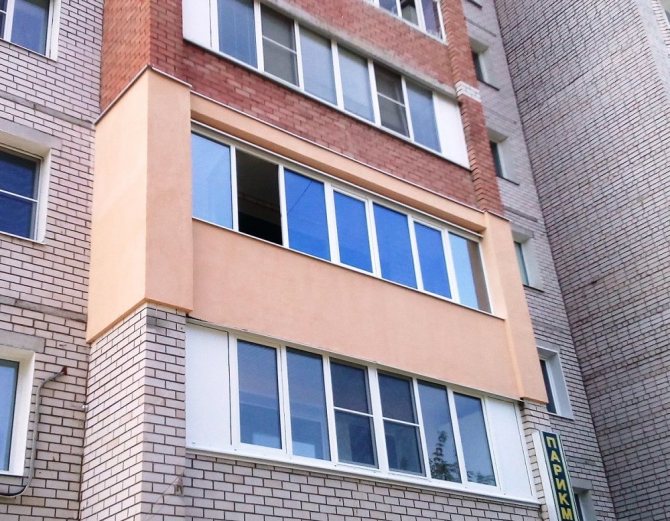

To make an order or call a specialist, please fill out
feedback form
or call:
+7(910)680-56-10
Various methods of insulation
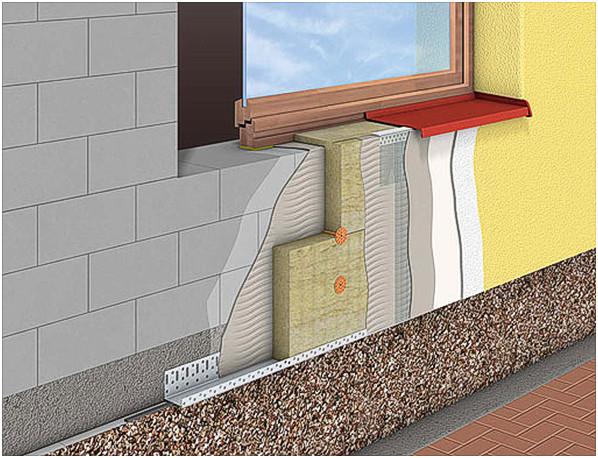

Insulation of the facade is a necessity that can be played up with the benefit of increasing the attractiveness of the house. There are various ways to do this.
For example, clinker thermal panels imitating brickwork of various colors and shades, a system for arranging a wet facade, in which both paint and various decorative plasters are used as a topcoat.
Important... Such insulation is not only the exterior decoration of the house, but also energy saving at the same time.

